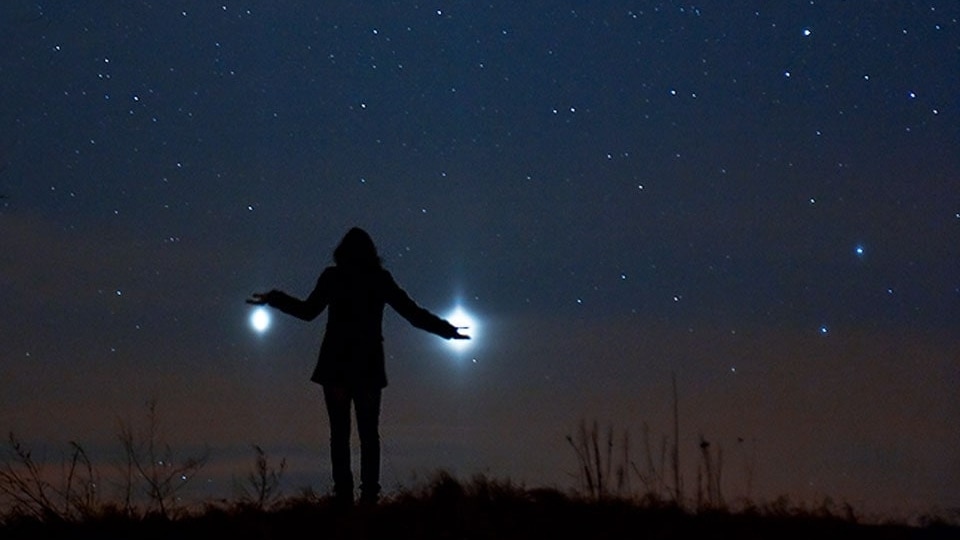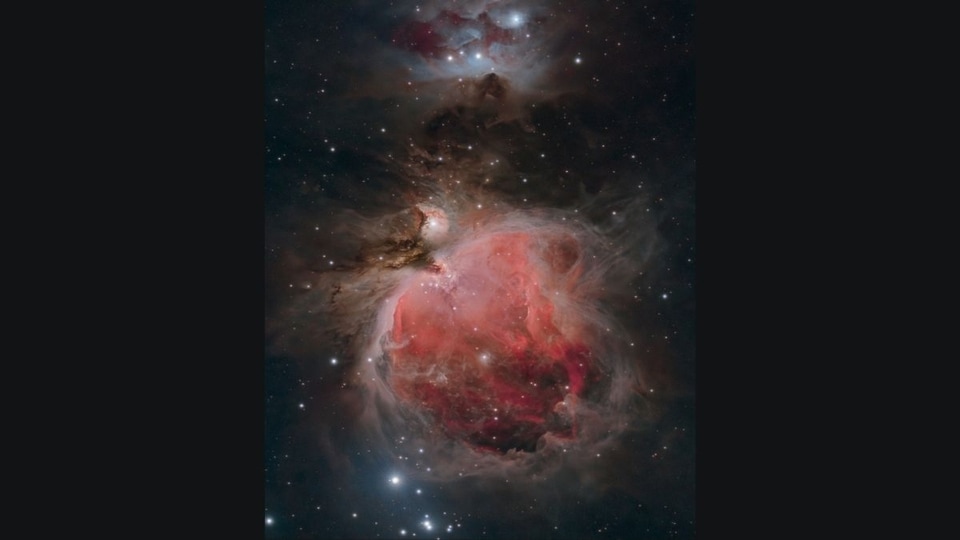NASA unveils new spacesuit specially tailored for lunar wear
NASA on Wednesday unveiled the first prototype for a newly designed next-generation spacesuit specially tailored and accessorized for the first astronauts expected to venture back to the moon's surface in the next few years.






 View all Images
View all ImagesThe big, puffy white moonsuits worn by Neil Armstrong and his fellow Apollo astronauts a half-century ago are out of fashion. Lunar haute couture now calls for something more form-fitting and appropriate for men and women alike.
NASA on Wednesday unveiled the first prototype for a newly designed next-generation spacesuit specially tailored and accessorized for the first astronauts expected to venture back to the moon's surface in the next few years.
The latest in moon-wear was displayed at the Johnson Space Center in Houston during an event hosted for the media and students by Axiom Space, the Texas-based company contracted by NASA to build suits for Artemis, successor to the Apollo moon program.
The Artemis I mission, the inaugural launch of NASA's powerful next-generation rocket and its newly built Orion spacecraft on an uncrewed test flight around the moon and back, was successfully completed in December.
NASA and the Canadian Space Agency plan to announce the four astronauts chosen to fly as early as next year on Artemis II, another out-and-back mission.
That flight, if successful, will pave the way for a planned Artemis III astronaut expedition to the lunar surface - the first ever to the moon's south pole - later in the decade. It will be the first ever to send a woman to walk on the moon.
NASA promises that subsequent Artemis missions will include the first person of color on the moon.
The program, named for Apollo's twin sister from Greek mythology, is aimed ultimately at establishing a sustainable lunar base as a stepping stone to future human exploration of Mars.
NASA chief Bill Nelson said the new spacesuits "will open opportunities for more people to explore and conduct science on the moon then ever before."
All 12 NASA astronauts who landed on the moon during a total of six Apollo missions from 1969 to 1972 were white men.
The outfits worn to the moon by Artemis astronauts will look very different from the bulky spacesuits of yore.
Branded by Axiom as the "Axiom Extravehicular Mobility Unit," or AxEMU for short, the new suits are more streamlined and flexible than the old Apollo get-ups, with greater range of motion and variability in size and fit.
They are designed to fit a broad range of potential wearers, accommodating at least 90% of the U.S. male and female population, NASA said. They also will incorporate advances in life-support systems, pressure garments and avionics.
The precise look of the suits, however, remained a closely guarded trade secret. Those on display came with an outer layer that was charcoal gray with dashes of orange and blue and Axiom's logo on the chest - intended to obscure Axiom's proprietary outer fabric design.
But the company said the suits to be worn on the lunar south pole by astronauts will be white because that is the best color to reflect the harsh sunlight on the moon's surface and protect the wearer from extreme heat.
Axiom said it collaborated with costume designer Ester Marquis from the Apple TV+ lunar series "For All Mankind" to create the custom cover layer using Axiom's logo and brand colors.
Houston-based Axiom is not the only designer label that Artemis astronauts will be wearing in the years to come.
NASA has also contracted with Collins Aerospace of Charlotte, North Carolina, to compete for construction of future spacesuits to be worn on the moon and during spacewalks outside the International Space Station.
Catch all the Latest Tech News, Mobile News, Laptop News, Gaming news, Wearables News , How To News, also keep up with us on Whatsapp channel,Twitter, Facebook, Google News, and Instagram. For our latest videos, subscribe to our YouTube channel.




























